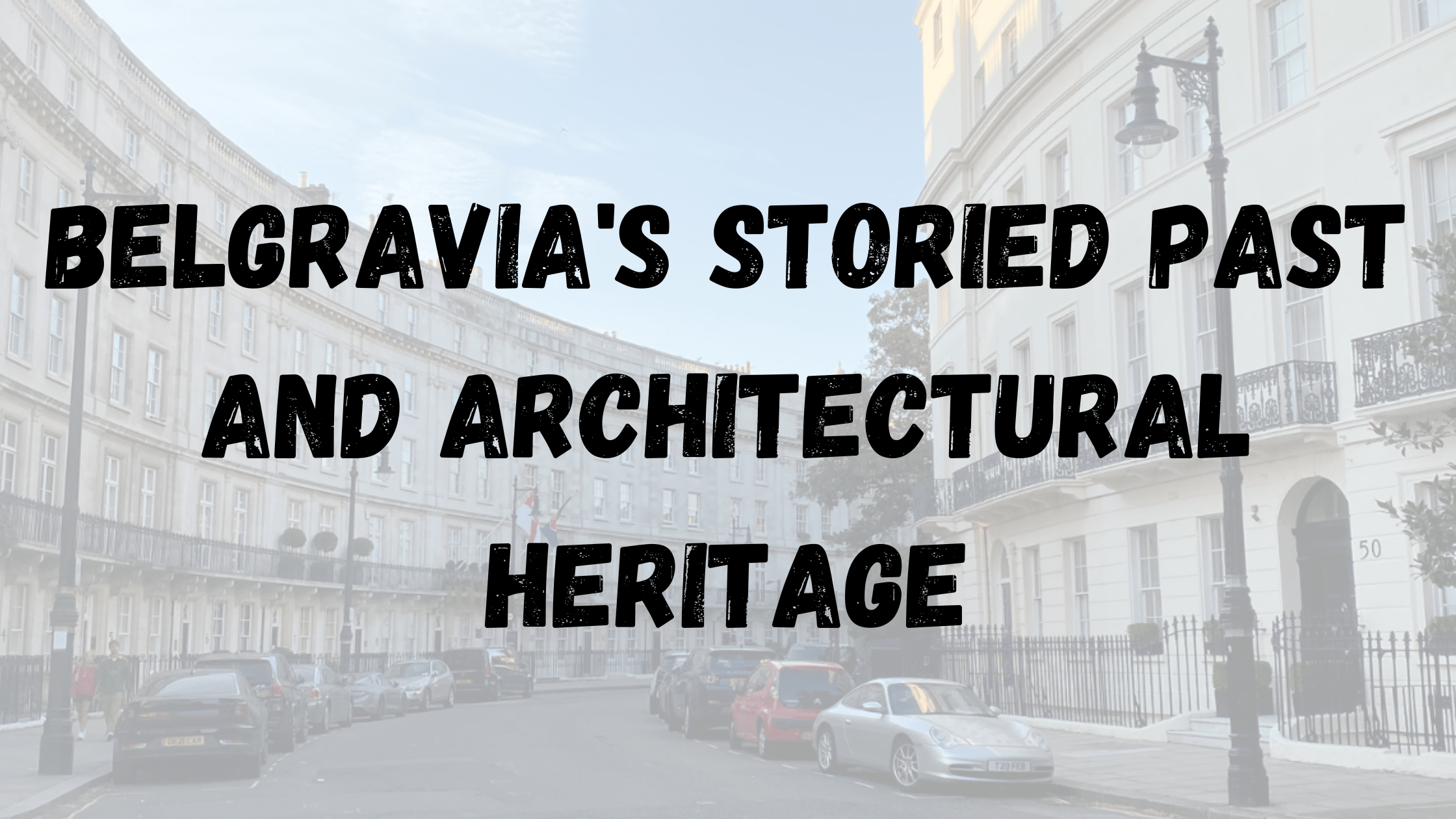Belgravia, an affluent district in West London, is not only known for its opulence and grandeur but also for its rich historical past and architectural heritage. This elegant neighborhood, renowned for its regal townhouses, tree-lined streets, and exclusive garden squares, has a fascinating history that dates back to the early 19th century.
The Birth of Belgravia
Belgravia owes its existence to the vision of Richard Grosvenor, the 2nd Marquess of Westminster. In the 1820s, he sought to develop the extensive marshland and fields on his London estate into an upscale residential area. Inspired by the elegance of Belgrave Square, he named the new district “Belgravia.”
Thomas Cubitt, a renowned master builder and architect, was tasked with bringing Lord Grosvenor’s vision to life. Cubitt designed the iconic white stucco townhouses that now define the area, characterizing the Neoclassical and Georgian architectural styles. These residences were intended to cater to London’s elite, offering luxury living and proximity to the city’s cultural and social hubs.
An Architectural Marvel
Belgravia’s architectural splendor is undeniable. The uniform rows of majestic townhouses, each boasting ornate facades and wrought-iron balconies, create a cohesive and visually striking environment. The well-preserved buildings take us back in time, providing a glimpse into the elegance and grandeur of the Victorian and Edwardian eras.
The crown jewel of Belgravia’s architectural heritage is undoubtedly Belgrave Square, one of the largest and most exclusive garden squares in London. Flanked by rows of white stucco townhouses, the square exudes an air of timeless sophistication and remains a symbol of prestige.
Historical Significance
Over the years, Belgravia has been home to numerous notable figures, including politicians, artists, writers, and aristocrats. The district has witnessed important historical events and has played a part in shaping London’s social and cultural fabric.
Belgravia’s historic buildings have also served as settings for various films and television series, further enhancing the area’s reputation as an iconic and sought-after location.
Preserving the Heritage
Today, Belgravia remains a highly sought-after residential area and a prime example of the importance of preserving architectural heritage. Efforts have been made to safeguard the district’s unique character, with many of the buildings now listed as Grade II or Grade II* listed structures.
Local conservation societies and authorities work diligently to ensure that any development or renovations maintain the area’s historical charm while catering to modern needs.
Belgravia’s storied past and architectural heritage are undeniably captivating. The district stands as a testament to the grand vision of Lord Grosvenor and the exceptional craftsmanship of Thomas Cubitt. Its elegant townhouses and lush garden squares continue to attract admirers and residents from around the world.
As Belgravia moves into the future, it remains steadfast in preserving its historical legacy and architectural marvels, ensuring that generations to come can experience the allure of this unique and prestigious London neighborhood.

